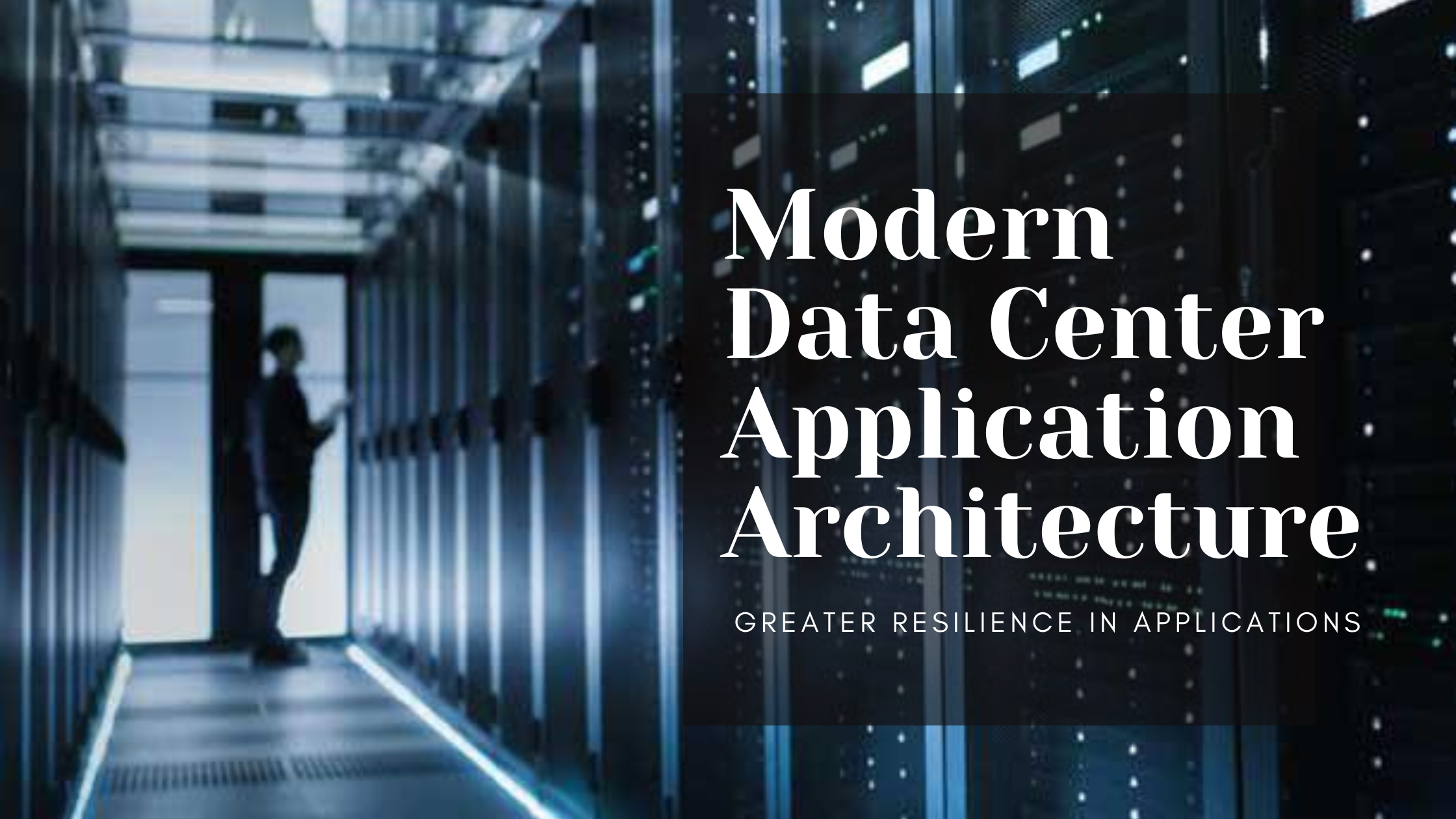
Modern Data Center Application Architecture
The modern data center application architecture is a highly scalable, distributed system that incorporates a range of technologies and best practices to support the needs of modern businesses. In this article, we will explore the various components of a modern data center architecture, the benefits of this approach, and the challenges that come with building and managing these systems.
Components Of Modern Data Center Application Architecture
The following are components of modern data center application architecture.
Microservices
One of the key components of modern data center architecture is the use of microservices, which are small, independent services that can be developed, deployed, and scaled independently. Microservices enable greater flexibility, agility, and resilience in applications by breaking them down into smaller, more manageable components.
Containers
Containers provide a lightweight and portable way to package and deploy applications and their dependencies. By using containers, developers can ensure that their applications run consistently across different environments, which makes it easier to manage and scale applications.
Orchestration
Orchestration is the automated management of containers, which ensures that they are deployed, configured, and scaled correctly. Tools such as Kubernetes are used to manage the deployment and scaling of containers, and to provide fault tolerance and high availability.
APIs
APIs provide a standardized way for applications to communicate with each other. By using APIs, developers can build applications that are loosely coupled and can be developed and scaled independently.
Benefits Of Modern Data Center Application Architecture
The following are benefits of modern data center application architecture.
Scalability
Modern data center application architecture is highly scalable, which means that applications can be easily scaled up or down to meet changing demands.
Resilience
By breaking applications down into smaller components and using orchestration tools, modern data center architecture enables greater resilience in applications. If one component fails, the entire application can continue to run without interruption.
Agility
Modern data center architecture enables greater agility in development and deployment by allowing developers to work on small, independent components and to deploy them quickly and easily.
Cost-effectiveness
By using a modern data center architecture, businesses can save money by only deploying and scaling the components that are needed, rather than running an entire monolithic application.
Challenges Of Modern Data Center Application Architecture
The following are challenges of modern data center application architecture.
Complexity
Modern data center architecture can be complex to design, build, and manage, particularly for businesses that are new to this approach.
Skillset
Businesses may need to hire or train staff with the necessary skills and expertise to design, build, and manage modern data center architecture.
Security
As with any technology, there are security risks associated with modern data center architecture. Businesses need to ensure that their applications and data are properly secured.
Cost
While modern data center architecture can be cost-effective in the long run, there can be significant upfront costs associated with designing, building, and managing these systems.
Best practices for modern data center application architecture
Plan for scalability
When designing a modern data center architecture, it’s important to plan for scalability from the beginning. This means thinking about how the system will be able to handle increased traffic and usage over time, and designing the system to be easily scalable when needed.
Focus on security
Security should be a top priority when designing and building a modern data center architecture. This means implementing best practices for secure coding, using secure protocols and encryption, and regularly testing and auditing the system for vulnerabilities.
Use automation
Automation is a key component of modern data center architecture, as it allows for the automated management of containers, deployment, and scaling of applications. This can help to reduce manual errors and save time and resources.
Monitor performance
Monitoring the performance of a modern data center architecture is essential for ensuring that the system is running smoothly and detecting any issues or bottlenecks. This can be done using a range of tools and metrics, such as application logs, system metrics, and user analytics.
Ensure high availability
High availability is a critical component of modern data center architecture, as it ensures that applications remain accessible even in the event of hardware or software failures. This can be achieved through the use of load balancing, failover, and redundancy.
Use Cases For Modern Data Center Application Architecture
E-commerce
Modern data center architecture is well-suited for e-commerce applications, which require high levels of scalability, resilience, and security. By using microservices, containers, and orchestration, e-commerce businesses can ensure that their applications can handle spikes in traffic, maintain high levels of availability, and provide a secure and seamless user experience.
Healthcare
The healthcare industry can benefit from modern data center architecture by improving the management of patient data, electronic health records, and medical imaging. By using microservices and containers, healthcare providers can build and deploy applications quickly and easily, and by using APIs, they can integrate with other systems and share data securely.
Financial services
Modern data center architecture can also benefit the financial services industry by providing high levels of security, resilience, and scalability. By using microservices, containers, and orchestration, financial institutions can build and deploy applications quickly and securely, while also ensuring that they can handle high volumes of transactions and data.
Conclusion
Modern data center application architecture provides a range of benefits to businesses and organizations, including scalability, resilience, agility, and cost-effectiveness. However, there are also challenges associated with this approach, including complexity, skillset, security, and cost. By following best practices for design, implementation, and management, and by choosing the right use cases, businesses can benefit from modern data center architecture and achieve their goals for growth and innovation.


